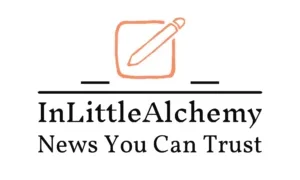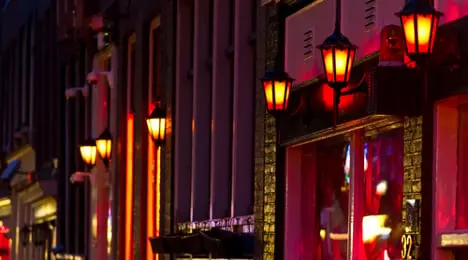Introduction
PagineLuciRosse, translated as “Red Light Pages,” is a notable aspect of Italy’s cultural landscape. This red-light district, often shrouded in controversy, has captivated the attention of locals and tourists alike. Let’s delve into the nuances of PagineLuciRosse exploring its history, societal impact, and ongoing debates.
Origins and History
PagineLuciRosse finds its roots deeply embedded in Italy’s historical and cultural evolution. Dating back decades, these districts emerged as areas where activities deemed taboo or forbidden by societal norms were permitted. Initially, they were intended to confine and regulate such activities.
The Geographical Spread
Contrary to popular belief, PagineLuciRosse is not centralized in one specific location but can be found in several Italian cities. While some cities openly embrace these districts, others have taken measures to control or even eradicate them due to legal or ethical concerns.
Societal and Cultural Impact
The existence of PagineLuciRosse sparks polarizing discussions within Italian society. Advocates argue that these districts provide a regulated environment for activities that might occur underground without supervision. Opponents, however, highlight ethical dilemmas, citing concerns about exploitation and the objectification of individuals involved.
Legal Framework and Regulation
Italy’s legal system grapples with the status of PagineLuciRosse. Laws and regulations regarding these districts vary across regions, contributing to ongoing debates and inconsistencies. Balancing public morality, individual liberties, and societal interests remains a complex challenge.
Tourism and Controversy
PagineLuciRosse attracts curious tourists, drawn by the allure of its forbidden nature. This influx of visitors, while economically beneficial, further fuels the debate surrounding the ethical implications of commodifying these activities.
Current Debates and Future Outlook
Contemporary discussions regarding PagineLuciRosse focus on its future. Calls for more stringent regulations, greater protection for workers, and heightened awareness about the industry’s darker sides dominate the discourse. The future of these districts hangs in the balance, as society grapples with moral, legal, and ethical considerations.
Historical Roots and Evolution
The genesis of PagineLuciRosse can be traced back through Italy’s historical narrative. These districts emerged as zones where activities considered taboo were allowed, originally intended as regulated spaces to contain and oversee what occurred beyond societal norms. Over time, their evolution intertwined with Italy’s changing social landscape, shaping and being shaped by cultural shifts and perceptions of morality.
Geographical Diversity and Varied Contexts
Contrary to a monolithic image, PagineLuciRosse manifests diversely across Italian cities and regions. While some municipalities openly acknowledge and regulate these districts, others engage in constant debate or outright prohibition. The varying approaches contribute to a complex tapestry of acceptance, tolerance, and opposition.
Societal Implications and Ethical Debates
The existence of PagineLuciRosse ignites passionate discussions among Italians. Advocates argue for their necessity, emphasizing harm reduction, regulation, and the protection of workers’ rights within these sectors. Conversely, opponents scrutinize the ethical ramifications, decrying the potential exploitation and objectification of individuals involved in these activities.
Legal Framework and Regulatory Measures
Italy’s legal framework regarding PagineLuciRosse is a patchwork quilt of regulations and ambiguities. Legislation differs across regions, contributing to a lack of uniformity and often leaving room for interpretation. Balancing individual freedoms, societal expectations, and moral considerations presents an ongoing challenge for lawmakers and policymakers.
Tourism and Cultural Intrigue
The allure of PagineLuciRosse draws inquisitive tourists, fascinated by the forbidden and seeking a glimpse into this clandestine world. While this influx of visitors fuels local economies, it amplifies the ethical debates surrounding the ethical implications of turning human experiences into tourist attractions.
Future Prospects and Contemplations
Contemporary discussions on PagineLuciRosse pivot around their future trajectory. Calls for more stringent regulations, improved working conditions, and increased awareness of the industry’s darker facets resonate strongly. The evolving societal attitudes and ongoing dialogues set the stage for potential shifts in these districts’ existence and operations.
Conclusion
PagineLuciRosse stands as an intricate facet of Italy’s social and cultural fabric, provoking ongoing discussions that intertwine legality, ethics, and societal norms. As Italy grapples with the complexities of these red-light districts, navigating the delicate balance between tradition, modernity, and morality remains a challenge, marking their continued significance in the nation’s cultural discourse.




